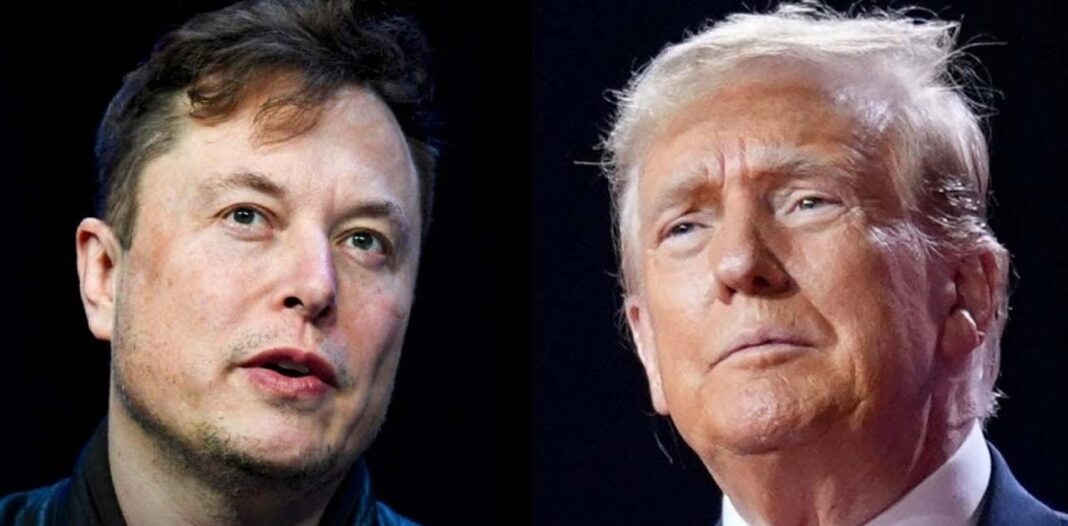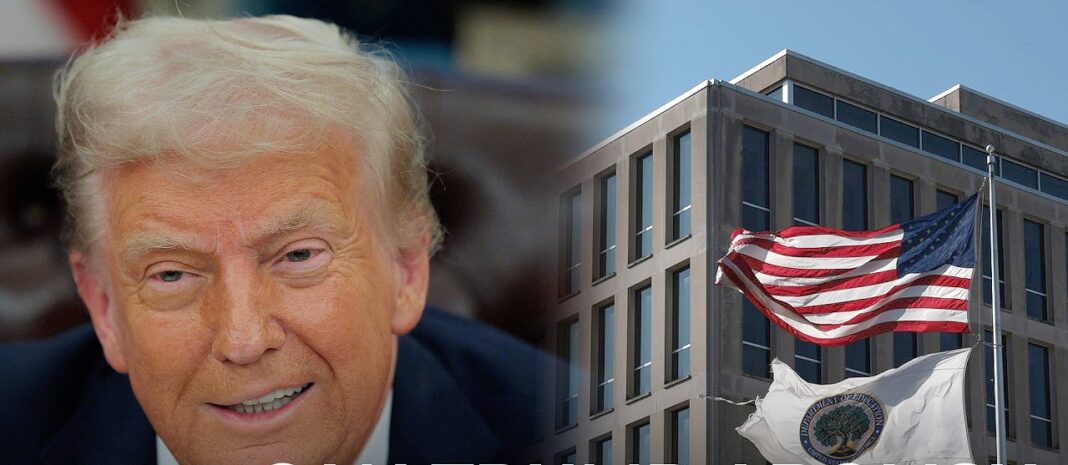The recent discussion surrounding U.S. economic policies, trade wars, and financial markets under the Trump administration has highlighted deep-seated concerns about political volatility, policy direction, and economic consequences. As global trade partners react to shifting U.S. policies, investors and businesses face uncertainty regarding the long-term implications of tariffs, economic governance, and regulatory shifts. This article provides an analysis of the key themes discussed in the recent program, the economic outlook, and potential future developments.
Political Theater and Policy Direction
One of the dominant themes in the discussion was the extent to which current economic policies are driven by political theater rather than substantial policy shifts. Initial budget cuts targeted politically safe areas such as USAID funding, while more significant challenges, such as Medicare, Medicaid, and defense spending, remain unaddressed. The overarching narrative suggests that while bold economic actions are being projected, deeper systemic changes will be harder to implement.
Tariffs and Trade War Implications
The Trump administration’s focus on trade tariffs, particularly against China, has been a cornerstone of its economic policy. The discussion highlighted concerns over whether tariffs serve as a national security tool, a revenue generator, or a purely economic strategy. While tariffs were initially positioned as a way to pressure China, the response from Beijing suggests that a tit-for-tat strategy could lead to prolonged trade tensions. The effectiveness of tariffs in replacing lost tax revenue remains debatable, as projections indicate that they are insufficient to offset broader fiscal needs.
Investor Uncertainty and Market Reactions
Market volatility remains a pressing issue. The administration’s policy unpredictability has resulted in increased market swings, making long-term investment decisions more challenging. While some investors perceive certain economic measures as stabilizing, others argue that the market remains largely driven by sentiment rather than fundamentals. The discussion also touched on how regulatory shifts and executive orders have blurred the lines between government oversight and corporate interests, creating additional layers of uncertainty.
The Golden Age of Fraud and Regulatory Concerns
A concerning trend discussed in the program was the rise in corporate overpromises and the loosening of regulatory oversight. As government and business become more intertwined, companies are increasingly making bold claims about technological advancements and financial models without clear accountability. The absence of stringent regulations and oversight raises questions about the sustainability of these claims and their potential consequences on investor confidence and market stability.
The Future of U.S.-China Trade Relations
The escalating trade war has brought forth the question of economic endurance. With China’s reliance on exports and the U.S.’s dependence on tariffs as a policy tool, both nations are engaging in a strategic economic battle. However, China’s response, targeting specific product categories rather than implementing broad retaliatory tariffs, suggests a more calculated approach. The long-term effectiveness of this strategy remains uncertain, but it highlights the ongoing economic chess game between the two superpowers.
Market Cycles and the Risk of Disruptive Technologies
Another major theme was the impact of technological disruption on market cycles. As industries innovate, traditional business models are being challenged, leading to increased market volatility. The emergence of more cost-effective AI solutions, for instance, raises questions about the future of large-scale technology investments. While disruptive technologies promise efficiency gains, they also pose risks to existing industries and investment strategies.
Summary and Future Outlook
The discussion underscored that economic policy remains highly intertwined with political strategy. While markets have experienced growth post-election, underlying risks remain, particularly concerning trade relations, regulatory oversight, and policy unpredictability.
Key Takeaways:
- Political theater continues to dominate economic policy, delaying substantial systemic reforms.
- Trade tariffs remain a volatile economic tool with uncertain long-term effectiveness.
- Investor uncertainty is heightened by market swings and regulatory ambiguity.
- The rise of corporate overpromising and regulatory looseness presents financial risks.
- Technological advancements may disrupt traditional industries, adding to market volatility.
Future Implications:
- For Businesses: Companies must prepare for continued volatility and uncertainty in trade policies, adapting supply chains to mitigate risks.
- For Investors: Market swings require a balanced approach, with caution towards speculative investment trends driven by political narratives.
- For Policymakers: A clearer regulatory framework is needed to address corporate governance and financial transparency.
- For the Global Economy: The ongoing U.S.-China trade tensions may shape future global economic alignments, influencing trade policies and investment flows.
Disclaimer
This article is based on a program discussion and reflects an analysis of the topics presented. It does not constitute financial, legal, or investment advice. Readers are encouraged to conduct their own research and consult with professionals before making any economic or financial decisions.
Jack Reynolds is a market analyst with a focus on equity markets, alternative investments, and macroeconomic trends.




